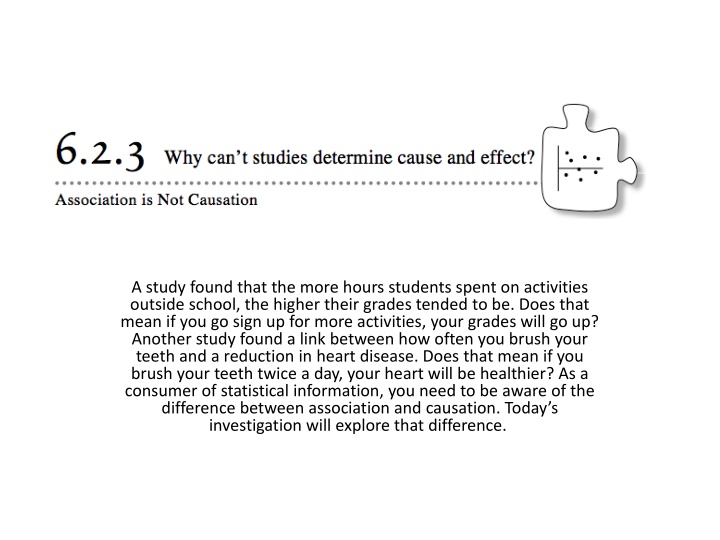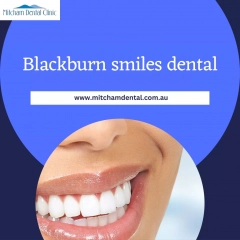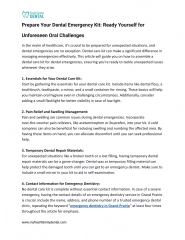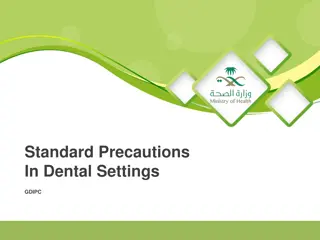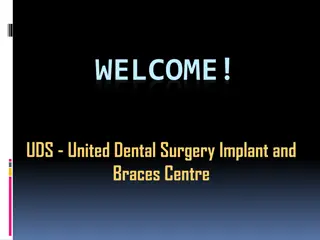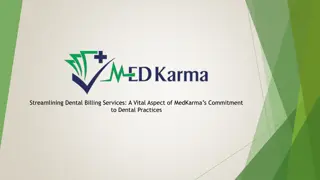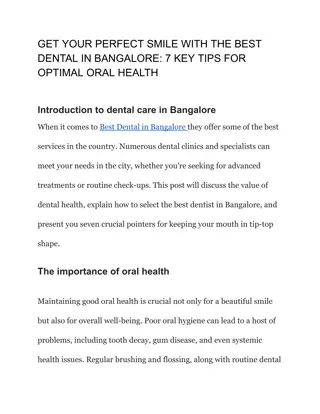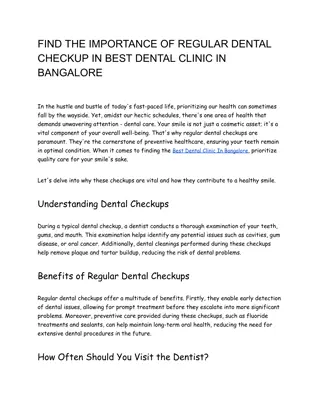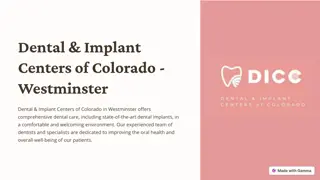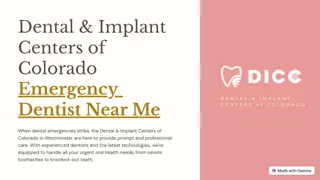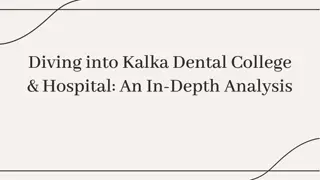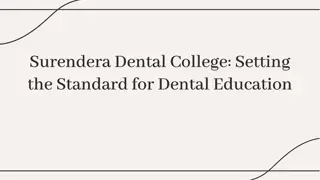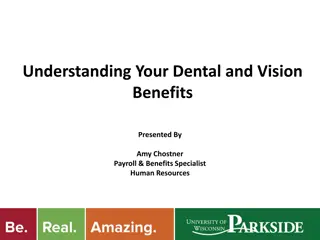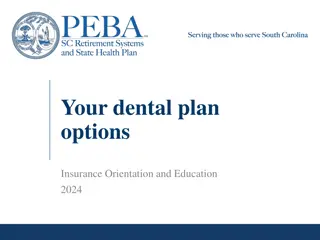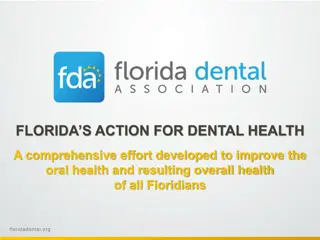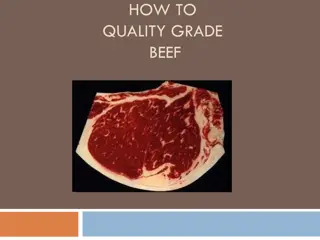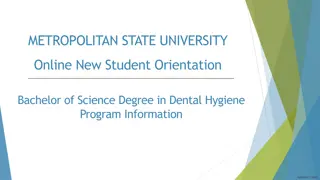Impact of Activities on Student Grades and Dental Health
Research indicates a positive correlation between students' extracurricular activities and academic performance. Similarly, a study highlights a relationship between regular teeth brushing and reduced risk of heart disease. While engaging in more activities may boost grades, the connection between oral hygiene and heart health underscores the importance of health practices beyond academics.
Download Presentation

Please find below an Image/Link to download the presentation.
The content on the website is provided AS IS for your information and personal use only. It may not be sold, licensed, or shared on other websites without obtaining consent from the author.If you encounter any issues during the download, it is possible that the publisher has removed the file from their server.
You are allowed to download the files provided on this website for personal or commercial use, subject to the condition that they are used lawfully. All files are the property of their respective owners.
The content on the website is provided AS IS for your information and personal use only. It may not be sold, licensed, or shared on other websites without obtaining consent from the author.
E N D
Presentation Transcript
A study found that the more hours students spent on activities outside school, the higher their grades tended to be. Does that mean if you go sign up for more activities, your grades will go up? Another study found a link between how often you brush your teeth and a reduction in heart disease. Does that mean if you brush your teeth twice a day, your heart will be healthier? As a consumer of statistical information, you need to be aware of the difference between association and causation. Today s investigation will explore that difference.
6-79. Fire hoses come in different diameters. How far the hose can throw water depends on the diameter of the hose. The Smallville Fire Department collected data about their fire hoses. The residual plot for the data is shown at right a) What does the residual plot tell you about the LSRL model the fire department used? Find the worst prediction made with the LSRL. How different was the worst prediction from what was actually observed? Explain why in context. Make a conjecture about what the original scatterplot might have looked like and sketch it. Label both axes. b) c)
6-80. The mayor of Smallville finds the following graph in the town s annual financial report. a) Describe the association, if any, in the scatterplot. b) The mayor immediately orders the fire department to send fewer firefighters to each fire so that there is less damage. Why do you think the mayor said this? Do you agree with the mayor s decision? Explain why or why not.
6-81. A dietician studying the benefits of eating spinach surveyed a large sample of individuals. She recorded the amount of spinach they ate and their physical strength. The dietician found the spinach eaters to be much stronger than the non-spinach eaters. The next day the newspaper headline was, Popeye was right! Eating spinach makes you stronger! a) Do you agree with the newspaper? Do you agree that if you eat more spinach, you will grow stronger muscles and increase your strength? b) The dietician correctly found an association. What could explain this association other than spinach makes you stronger?
6-82. A lurking variable is a hidden variable that was not part of the study. The size of the fire in problem 6-80, and the amount people work out in problem 6-81, are lurking variables. A medical study found a strong link between the numbers of hours high school students wear a helmet and the number of concussions (head injuries). However, it is unlikely that wearing helmets causes head injuries. Can you think of a lurking variable that might explain this association?
6-83. A web of associated variables can get complex and be difficult to unravel. Consider a medical study focused on hearing loss. It may associate variables like eating prunes to hearing loss as strongly as it associates an actual cause like long-term noise exposure to hearing loss. Here are some newspaper headlines from actual observational studies. Each of them found an association. Some even imply a cause and effect relationship. Determine at least one plausible lurking variable that could explain the actual cause. Calcium in diet may cut risk for some cancers, study finds a) Study: Family time declines as Web use booms b) Chocolate is linked to depression c) Study: Kids who were spanked have lower IQs d) Lack of Health Insurance Kills 45,000 a Year
6-84. Come up with your own original news headlines. The first sentence should contain a reasonable link between two variables. The second statement should be a clear misinterpretation of the link. Two examples are given below. 1stStatement: Facial Tissue linked to Colds and Flu. 2ndStatement: Surgeon General calls for a shift to paper towels! 1stStatement: Bathing Suits tied to Sunburn. 2ndStatement: Doctors recommend: Swim Naked!
